‘With a small gesture of buying a postcard, we all become copyists’: the Louvre’s celebration of copying speaks to human nature
Contemporary artists are invited to copy works from the Louvre in a celebration of the copyist’s art, a collaboration with Centre Pompidou-Metz
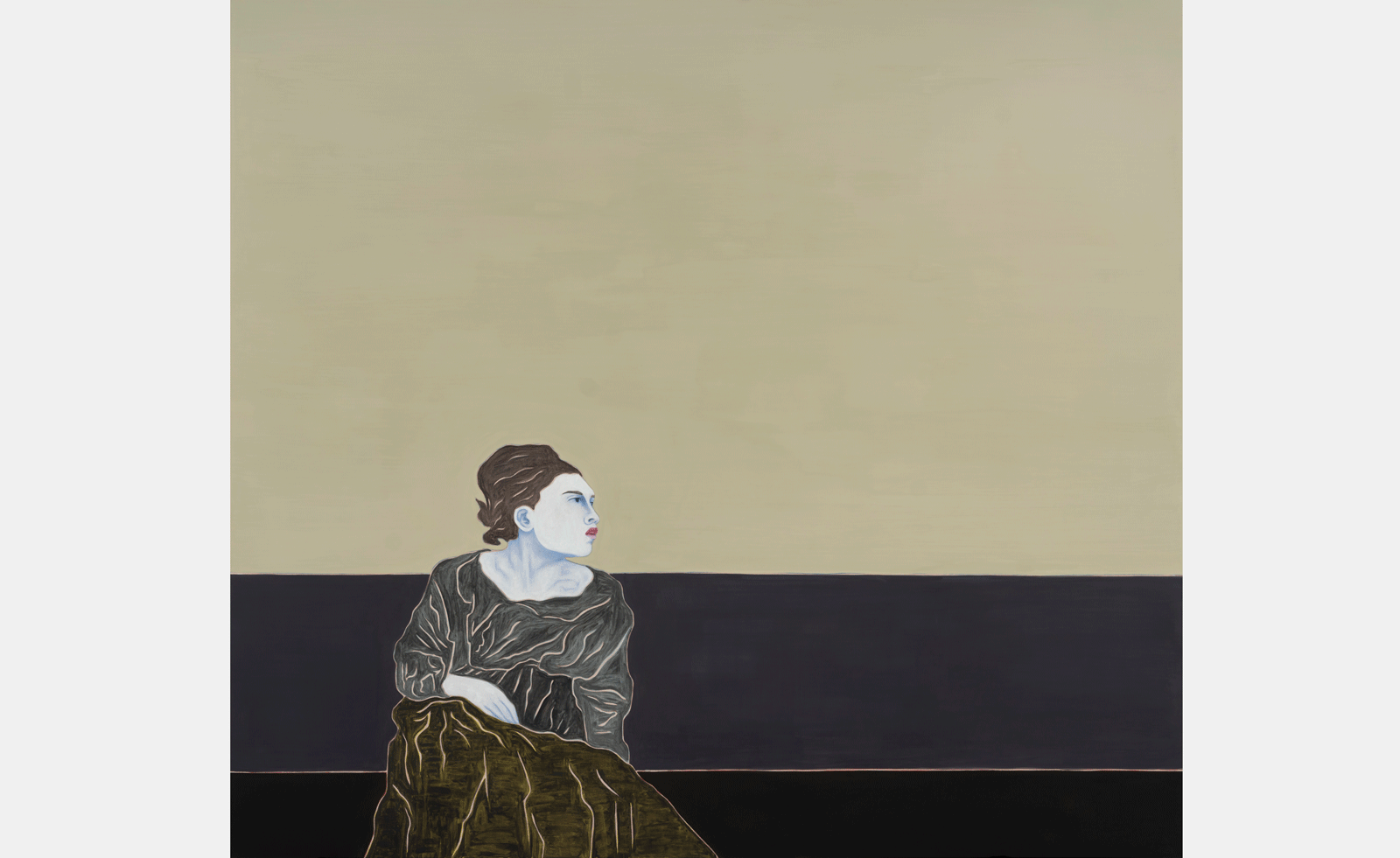
A man bobs on a unicorn floatie in an electric blue pool at the bathhouse, which seemingly consists only of well-built, underwear-clad men lounging around – three of whom lie naked on a bed as if posing for the camera – but separately. A closer look reveals they are indeed under the gaze of a CCTV. Among the hundred artists invited by the Louvre and Centre Pompidou-Metz to ‘copy’ one of the artworks in the extensive Louvre collection, the French artist Madeleine Roger-Lacan, working with figuration and abstraction, chose The Turkish Bath by Jean-Auguste-Dominique-Ingres. ‘Art which was once considered heritage is material for contemporary creativity,’ says co-curator Donatien Grau, who heads Contemporary Programmes at the Louvre. ‘This exhibition shows this dialogue.’
This is not the first time the Louvre has staged an exhibition of copyists. A show in 1993 also drew from the museum’s own history of the copyists’ bureau, which every artist – wishing to reproduce classical Western art – must go through after a long waitlist. ‘That show was very different as it was the 200th anniversary of the Louvre,’ states Grau. ‘And it was basically an exhibition of heritage work – older work. This exhibition is entirely contemporary commissions.’
When the director of the Centre-Pompidou-Metz and co-curator of the exhibition, Chiara Parisi, approached Grau with the idea, he knew there was the limitation of the Louvre not being a contemporary art centre. ‘So, she said, we’ll do it!’ he recalls – and so materialised the first ever collaboration between the two art spaces in the expansive ‘Copyists’ spread across Pompidou’s vaulted halls (until 2 February 2026).
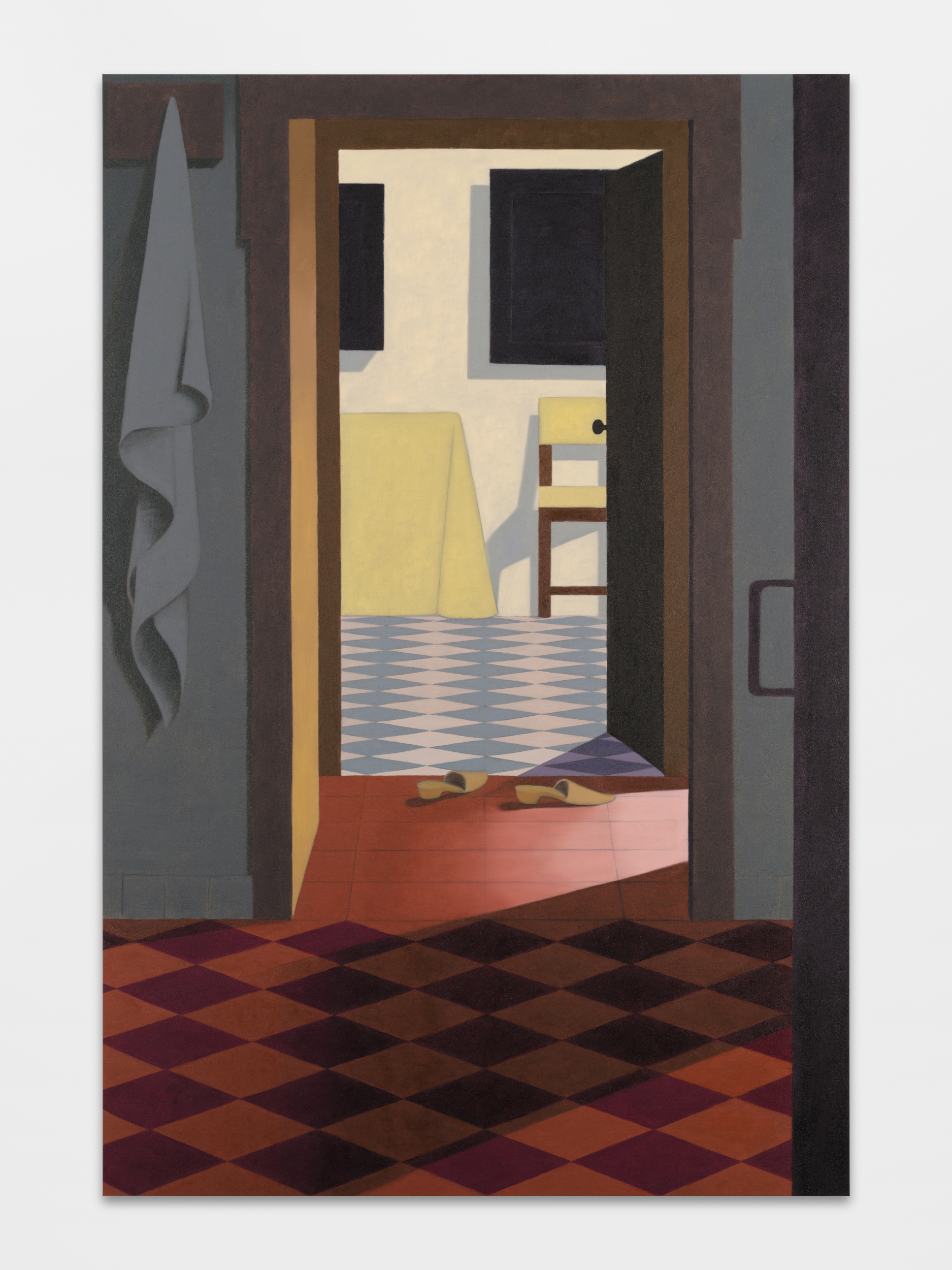
Henni Alftan
The bureau started running when the Louvre opened its doors, and half a century later, the immense popularity of the copying programme was documented – or rather, reflected on – by the American artist Winslow Homer in an 1868 engraving of well-attired female art students and short older men with bushy moustaches engaged in intense copying.
An undertone of humour was unmistakable in this possible attempt at subtle caricature, but The New York Times was more successful in its bitter irony as it parodied copyists as withered, lithe old men with middle-parts, ‘picking up crumbs and alms of art’ at the feet of old masters and lacking the imagination to be pursuing an artistic vocation. It’s an unfair observation, as for many artists in the 19th century, there was nowhere to go other than the Louvre to learn about the techniques of classical art. It's still something many art schools today resort to, and Roger-Lacan had probably already studied the Louvre collection as a student at Beaux-Arts de Paris, which collaborates with the museum on a copying programme. Another artist in the exhibition, Mohamed Bourouissa, started illustrating by copying Marvel comics and turned towards the Louvre once he began more classical explorations.
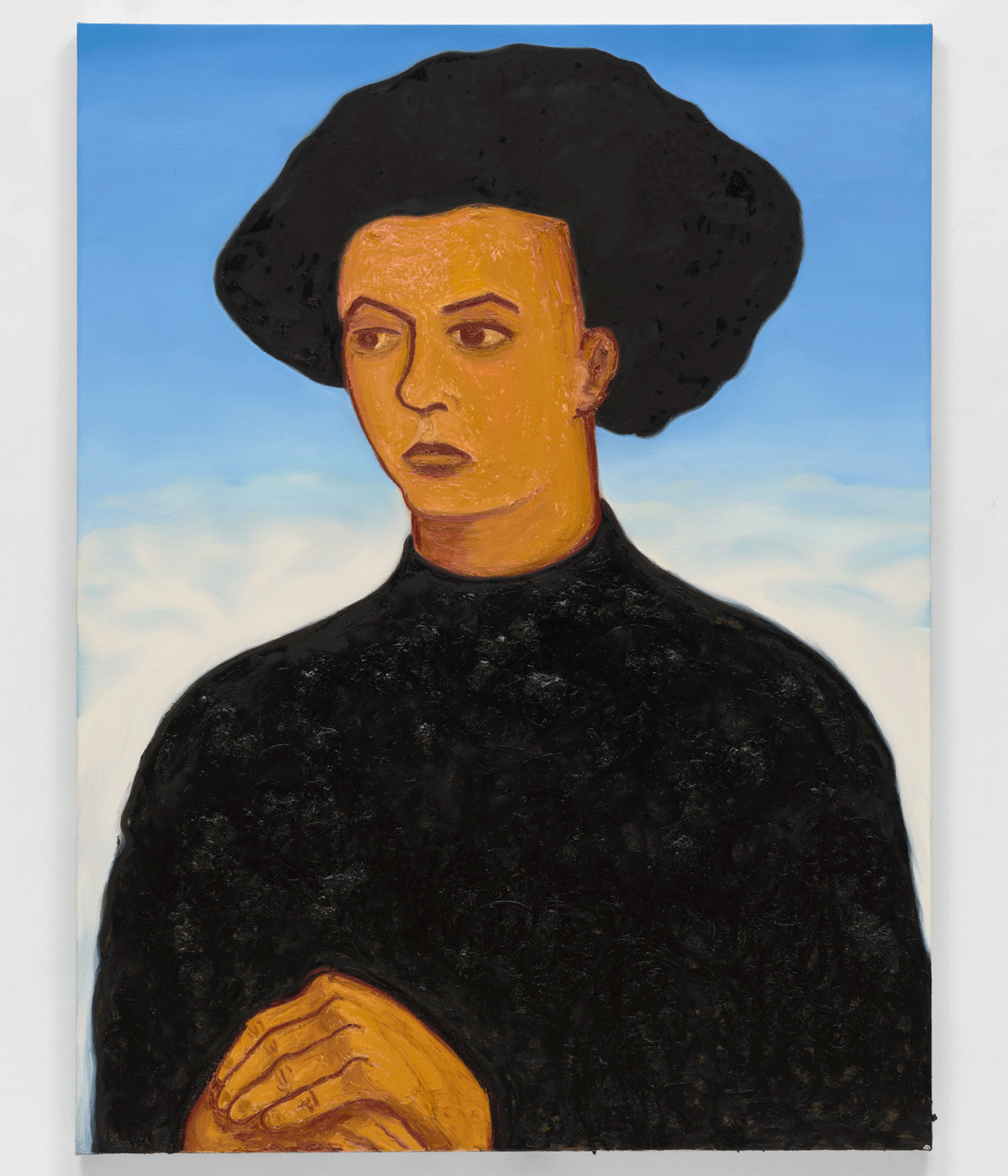
Nicole Eisenman, Portrait of Jane Bowles after Bellini, 2025
Therefore, some of the artists in the exhibition really knew what they wanted to copy. Sitting in the Louvre building, Grau recalls Rita Ackerman, who initially wanted to make a straight-cut copy of Jean-François Millet’s Les botteleurs de foin but finally ended up making copies of two of her own works – one a reproduction of her graphite drawing based on Millet and another a reworking of one of her first chalk drawings from 1993. ‘I remember she said that copying is about the self,’ says Grau. ‘It’s about the ego. How much of yourself do you need to put in the painting? She said, “In the beginning, I put nothing, and in the end, I put a lot.” That is extremely interesting as that’s what the show is about – how the self positions itself towards the world and others.’
I wasn’t quite sure whether to expect copies of the Louvre’s most popular resident artwork, the Mona Lisa, whose popularity culminated in the museum’s shutdown earlier this month after overcrowding led to a staff strike. However, two artists had indeed copied, or rather reinterpreted, the Mona Lisa in delightfully humorous ways. Claire Fontaine covered Lisa’s face with black paint, the black hole supposed to somehow reduce the iconic status afforded to the image and also evoke the angry residue left by climate activists upon artworks. A pile of bricks wrapped in covers featuring the titles of artworks from the Louvre had been stacked by Fontaine, as threats that are hurled through windows.
Receive our daily digest of inspiration, escapism and design stories from around the world direct to your inbox.
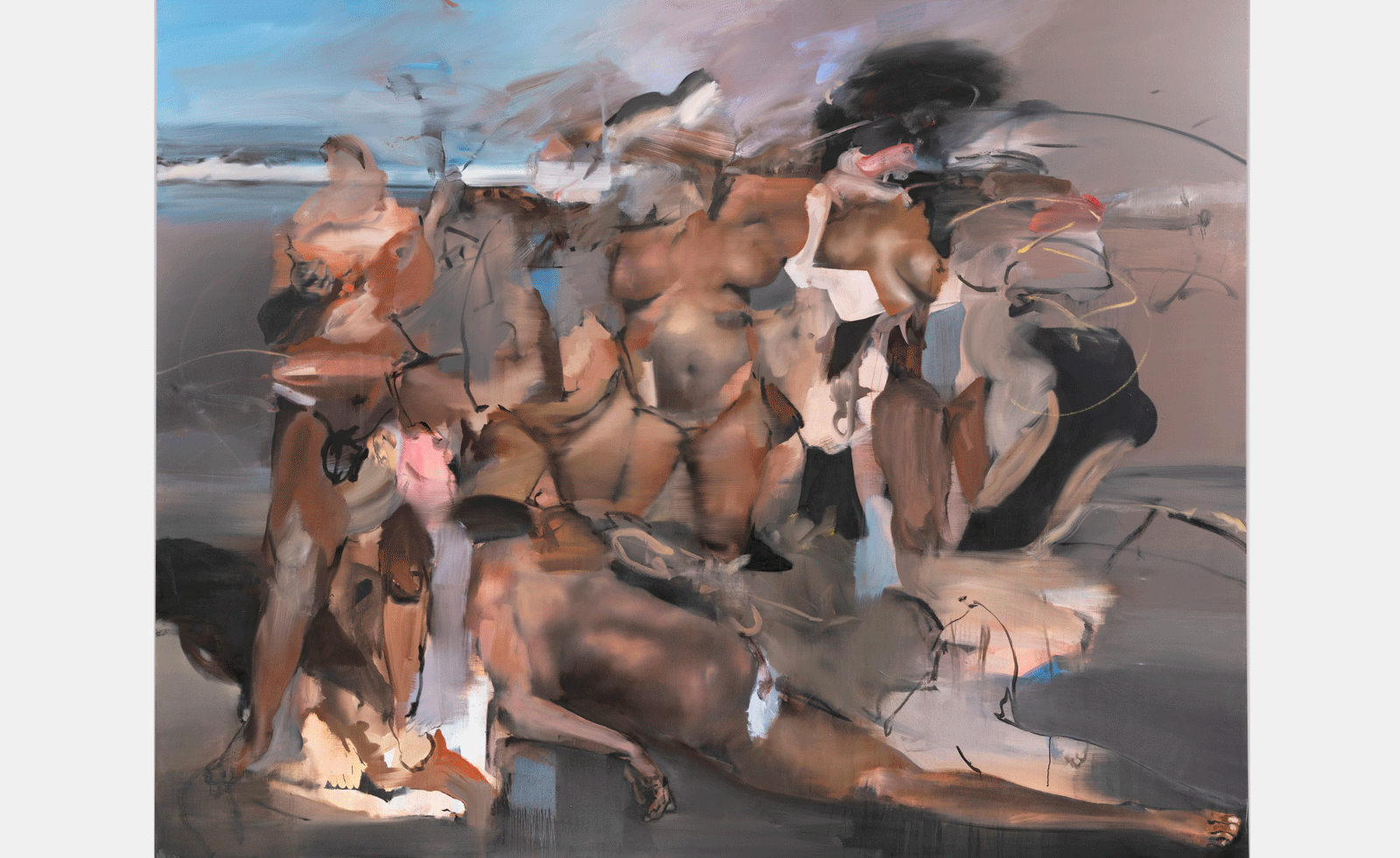
George Rouy, The Witness, 2025
Glenn Ligon, too, engaged in a similar erasure of the familiar pedestalised image by presenting to us a faithful reproduction of the back of the Mona Lisa, which he embraced, reducing the impenetrable distance between every museum visitor and an artwork that can never be touched. ‘I wanted to get close to the Mona Lisa, so I wrapped my arms around her,’ he stated simply.
A wall of postcards replicating Louise Élisabeth Vigée Le Brun’s Madame Vigée Le Brun and Her Daughter greets us. It is Oriol Vilanova’s practice to collect cultural artifacts – like postcards – from flea markets and recontextualise them, and once he saw that this artwork was being sold in the museum shop as a postcard, he acquired 80 postcards by publishers from different eras, each reproducing the artwork for public consumption. He’s also particularly interested in Le Brun, who surprisingly escaped the guillotine even as Marie-Antoinette’s official painter. With a small gesture of buying a postcard, we all become copyists, he noted.
Pills fall from the ceiling in Carsten Höller’s installation, where, fascinatingly, he worked with the idea of a ‘copy’ within the body. He asked for fibres from the Portrait of Juliette Récamier by Jacques-Louis David, a work that was undergoing restoration, which were then macerated in heptane and mixed with rice flour, which descends in the form of pills upon us. ‘Even if molecules leave the body,’ he noted, ‘their memory will remain, and their effects will be perpetuated.’
It’s a certain idea of art beyond the physical that Höller wished to emulate. Glenn Brown transforms his stingray from Chardin’s The Stingray into a near-celestial being surrounded by a halo like in Hendrick Goltzius’ a Pietà.
The curators invited two designers to take part in the show, Yohji Yamamoto and Agnès b. ‘Yamamoto has a deep relationship with art history,’ says Grau. ‘The piece he’s made borrows from the 17th century Portrait d'homme au pourpoint entrouvert by Lucas Franchoys – it’s completely faithful to the original painting. But it’s also completely him. It's remarkable.’
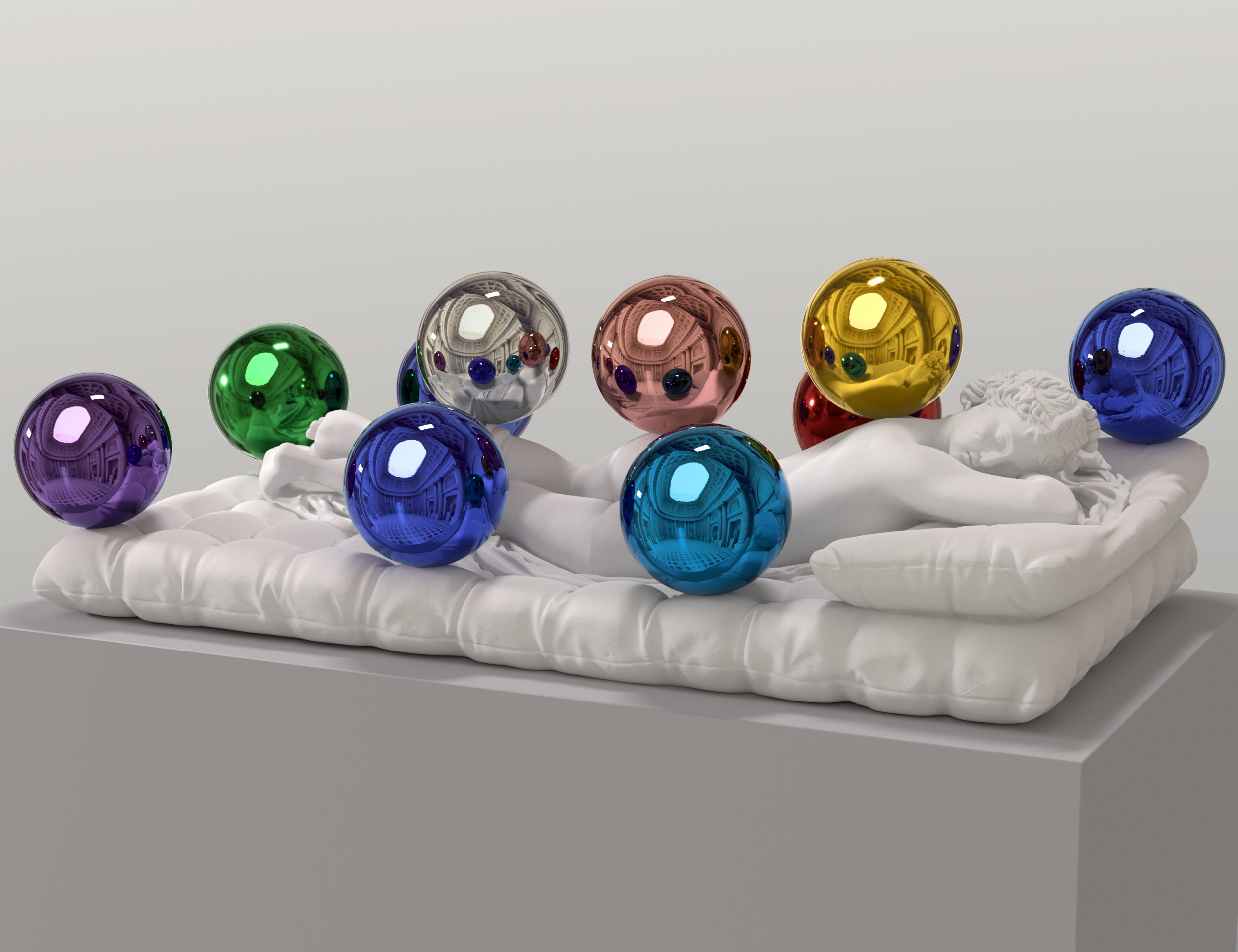
Jeff Koons, (Sleeping Hermaphrodite) Gazing Balls, 2025
Once critiqued as imitation, this exhibition reflects how copying has taken on different meanings in different artistic practices. Ackerman’s sentiment is echoed by Lucas Arruda, who found it impossible to copy verbatim the solitary fishing boat under murky skies from Jean-Baptiste Camille Corot’s Trouville. Bateau échoué, dit Bateau de pêche à marée basse. We’ve clearly come a far way from when 19th-century French artist and teacher Horace Lecoq de Boisbaudran would test his students’ abilities by their accurate reproductions of older works from memory. Instead, Arruda found a way to translate Corot’s rapid brushstrokes, layering paint in his oil work, but this ‘desperate act’ revealed something for him. ‘No copy,’ he stated in the catalogue, ‘can ever free itself from the person who copies it.’
Therefore, it’s not unusual to expect artists to point out dogma in works like Ingres’ The Turkish Bath, which Roger-Lacan does by turning the gaze from the throng of women in an overcrowded bath to the bodies of men, whom she collaged from photographs of her past lovers. ‘C, D and L, lying down, their resting bodies vulnerable and desirable,’ she noted. Ingres’ gaze at the oriental concubine is also subverted in Ghada Amer’s work on the artist’s Grande Odalisque, where she replaced the implied eroticism of the Other with a Western woman who faces us in nothing but heels, baring her own desire. ‘We couldn't openly show the sexuality of white, Western, Christian women, who had to remain pure and inaccessible,’ retorted Ghada in the catalogue. She forwent Ingres’ refined and controlled treatment of oils and dripped acrylic in the same tints over the work, which ran their own course.
Three gay men lie languidly entangled in each other, as fire descends from heaven across a river. Jean Claracq had a bone to pick with the anonymous Biblical 16th-century work Lot and His Daughters fleeing Sodom, Set Ablaze by the Wrath of God, and transformed a work that he saw as condemning homosexuality into one where it survives and is cherished.
Apolonia Sokol introspected on the concept of walls and the insidious rise of power around it, so relevant to the current situations of strife around us. ‘Bodies lie beneath the sea,’ she wrote. ‘We are the first generation to observe massacres – live, from a distance – from hand to hand, telephone to telephone. Every day, headless children, hands moving in the fire, eyes.’ Taking from two works by Sassetta, The Blessed Ranieri Shows the Friars the Miser of Citerna's Soul and Blessed Ranieri Delivering the Poor from Prison, she depicts Napoleon’s conquering spirit being hauled away by a beast and prison walls being rendered surmountable for the inmates who emerge from within.
‘Copyists’, until 2 February 2026 at Centre Pompidou-Metz
Upasana Das is a freelance writer working on fashion, art and culture. She has written for NYT, Dazed, Interview Mag, Vogue India and Harper's among others.
-
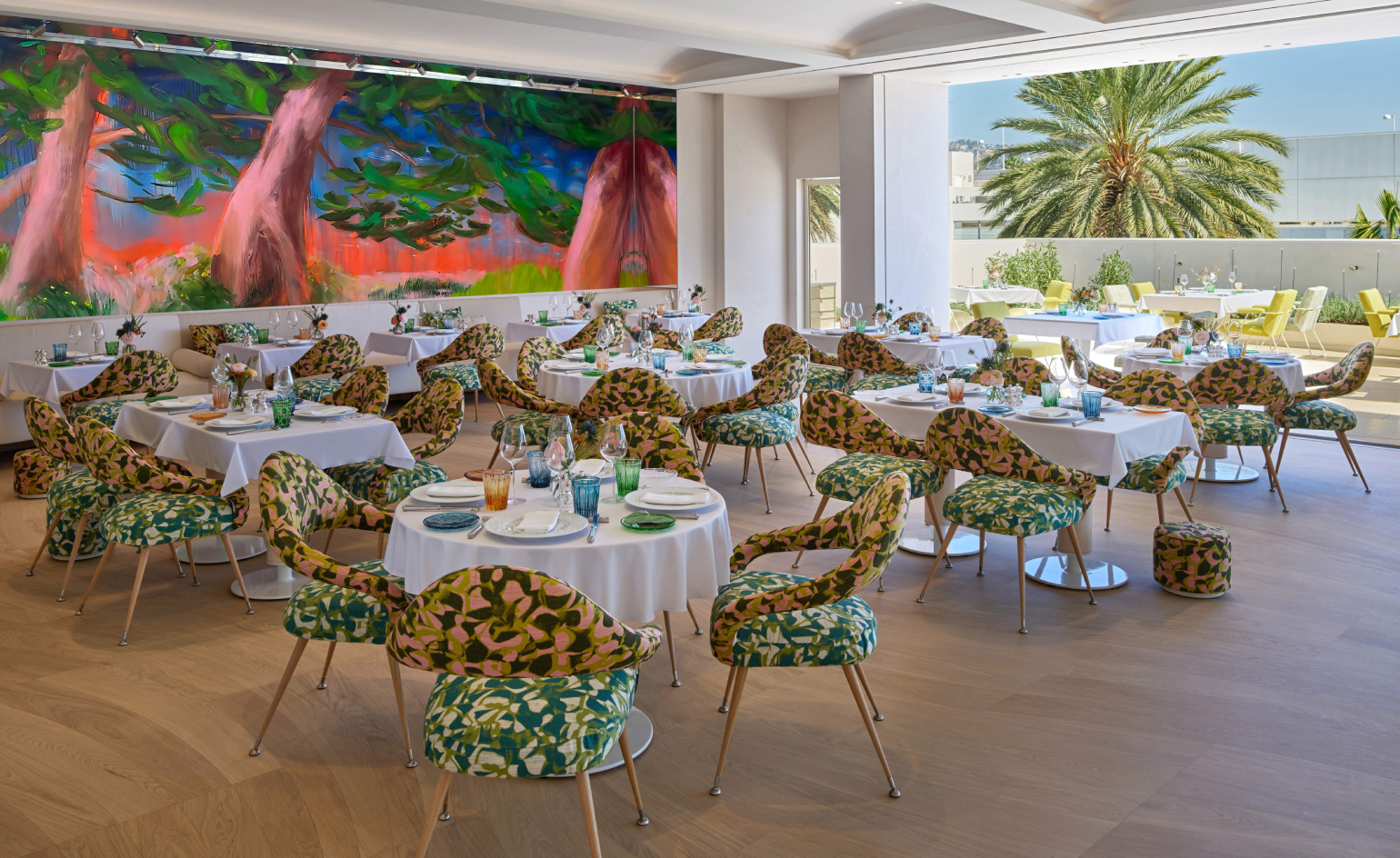 Dior’s new Beverly Hills dining salon raises the bar for couture cuisine
Dior’s new Beverly Hills dining salon raises the bar for couture cuisineFrom Peter Marino’s onyx bar and faceted mirrored walls to Nicole Wittenberg’s vast, immersive botanical canvas, Dior’s first restaurant outside Paris is here
-
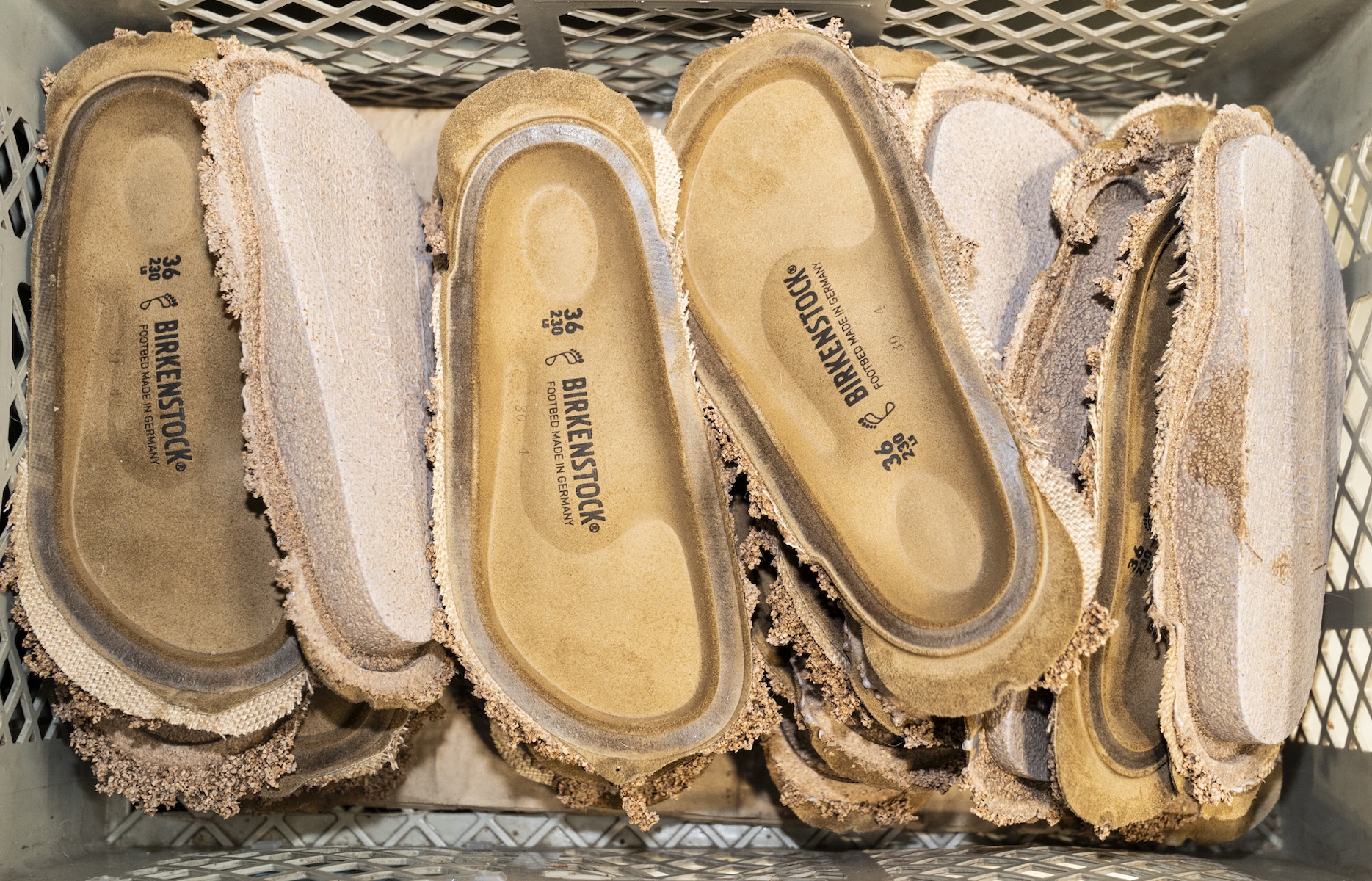 Inside the factory where your Birkenstocks are made
Inside the factory where your Birkenstocks are madePart high-tech laboratory, part artisanal workshop, the German factory straddles past and future. For Wallpaper*, Stuart Brumfitt takes a rare tour
-
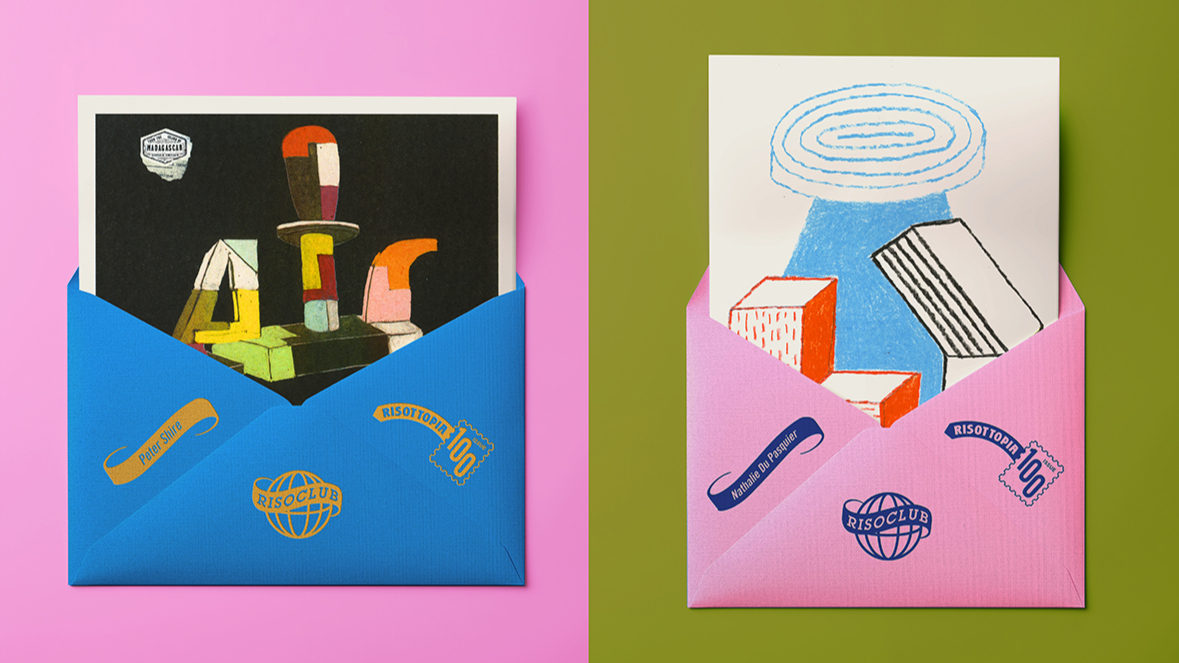 Nathalie Du Pasquier, Peter Shire and Barbara Stauffacher Solomon create exclusive artworks for Riso Club
Nathalie Du Pasquier, Peter Shire and Barbara Stauffacher Solomon create exclusive artworks for Riso ClubGlasgow print studio Risotto celebrates the 100th issue of its monthly Riso Club – a hand-printed, hand-posted subscription that has grown from a small artist exchange into a global community
-
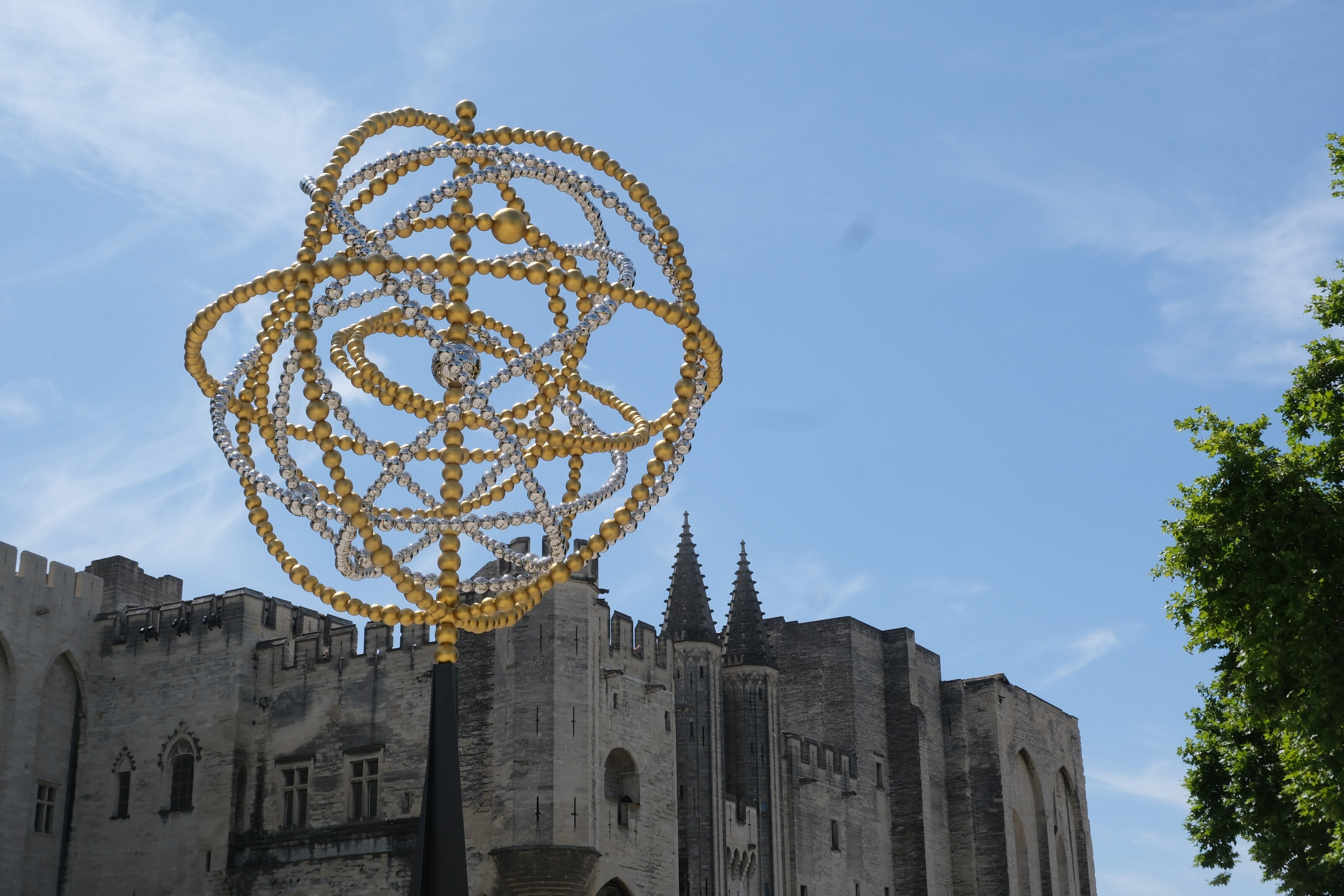 Jean-Michel Othoniel takes over Avignon for his biggest ever exhibition
Jean-Michel Othoniel takes over Avignon for his biggest ever exhibitionOriginally approached by Avignon to mark their 25th anniversary as the European Capital of Culture, Jean-Michel Othoniel more than rose to the challenge, installing 270 artworks around the city
-
 Joel Quayson’s winning work for Dior Beauty at Arles considers the theme ‘Face-to-Face’ – watch it here
Joel Quayson’s winning work for Dior Beauty at Arles considers the theme ‘Face-to-Face’ – watch it hereQuayson, who has won the 2025 Dior Photography and Visual Arts Award for Young Talents at Arles, imbues his winning work with a raw intimacy
-
 What to see at Rencontres d’Arles 2025, questioning power structures in the state and family
What to see at Rencontres d’Arles 2025, questioning power structures in the state and familySuppressed memories resurface in sharply considered photography at Rencontres d'Arles 2025. Here are some standout photographers to see
-
 The glory years of the Cannes Film Festival are captured in a new photo book
The glory years of the Cannes Film Festival are captured in a new photo book‘Cannes’ by Derek Ridgers looks back on the photographer's time at the Cannes Film Festival between 1984 and 1996
-
 Technology, art and sculptures of fog: LUMA Arles kicks off the 2025/26 season
Technology, art and sculptures of fog: LUMA Arles kicks off the 2025/26 seasonThree different exhibitions at LUMA Arles, in France, delve into history in a celebration of all mediums; Amy Serafin went to explore
-
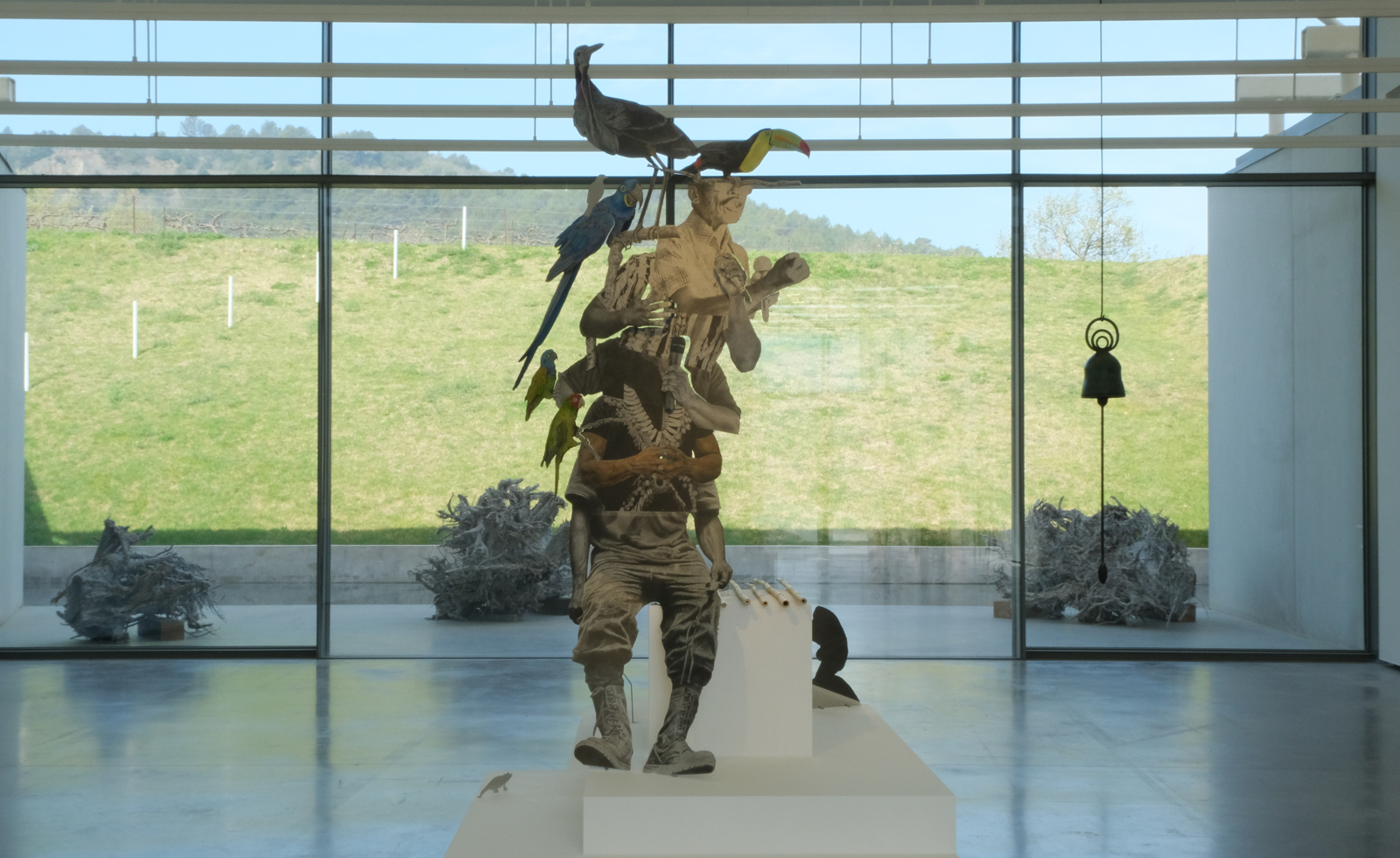 Contemporary artist collective Poush takes over Château La Coste
Contemporary artist collective Poush takes over Château La CosteMembers of Poush have created 160 works, set in and around the grounds of Château La Coste – the art, architecture and wine estate in Provence
-
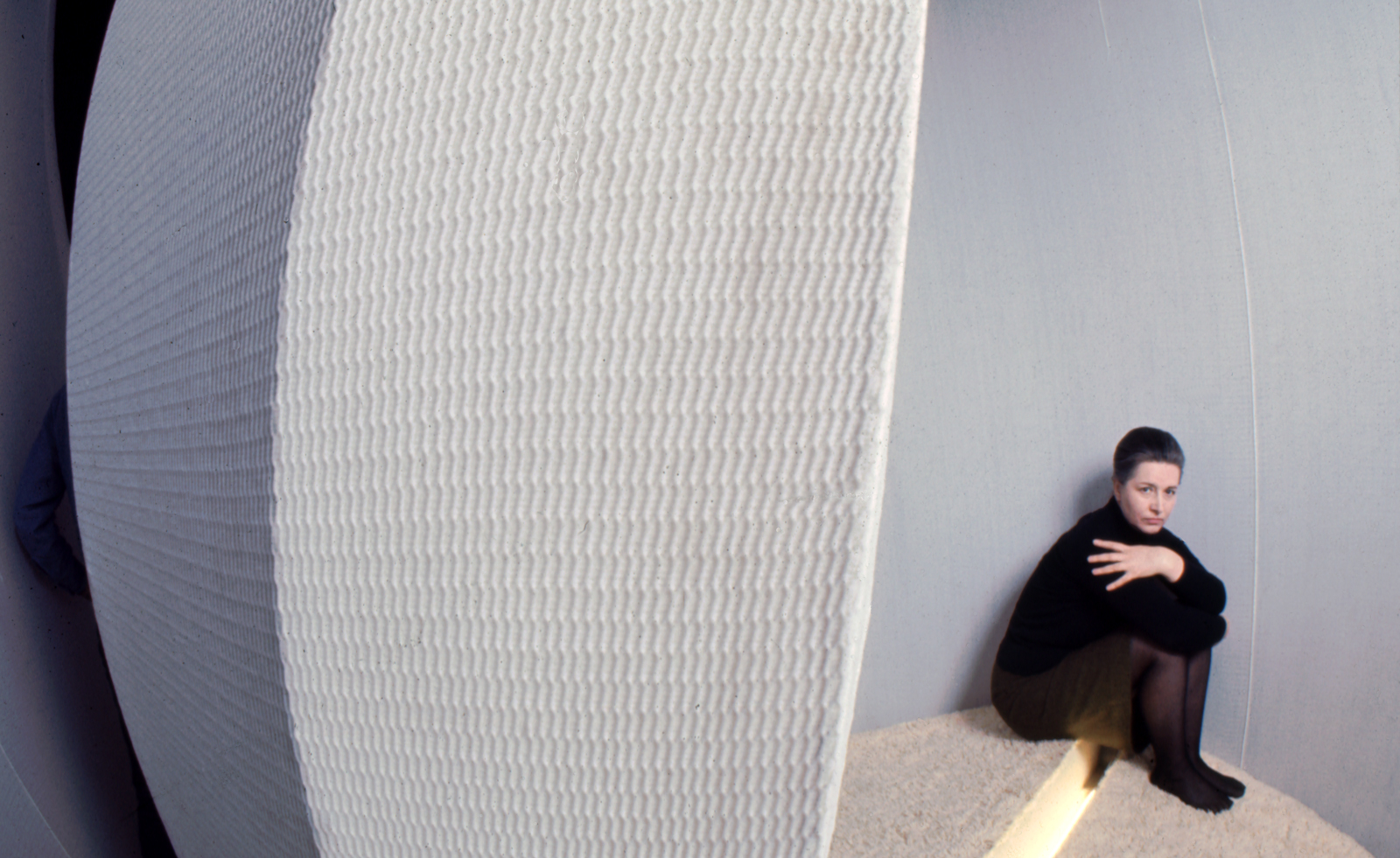 Architecture, sculpture and materials: female Lithuanian artists are celebrated in Nîmes
Architecture, sculpture and materials: female Lithuanian artists are celebrated in NîmesThe Carré d'Art in Nîmes, France, spotlights the work of Aleksandra Kasuba and Marija Olšauskaitė, as part of a nationwide celebration of Lithuanian culture
-
 ‘Who has not dreamed of seeing what the eye cannot grasp?’: Rencontres d’Arles comes to the south of France
‘Who has not dreamed of seeing what the eye cannot grasp?’: Rencontres d’Arles comes to the south of FranceLes Rencontres d’Arles 2024 presents over 40 exhibitions and nearly 200 artists, and includes the latest iteration of the BMW Art Makers programme